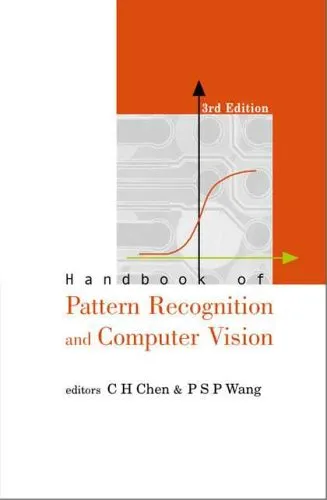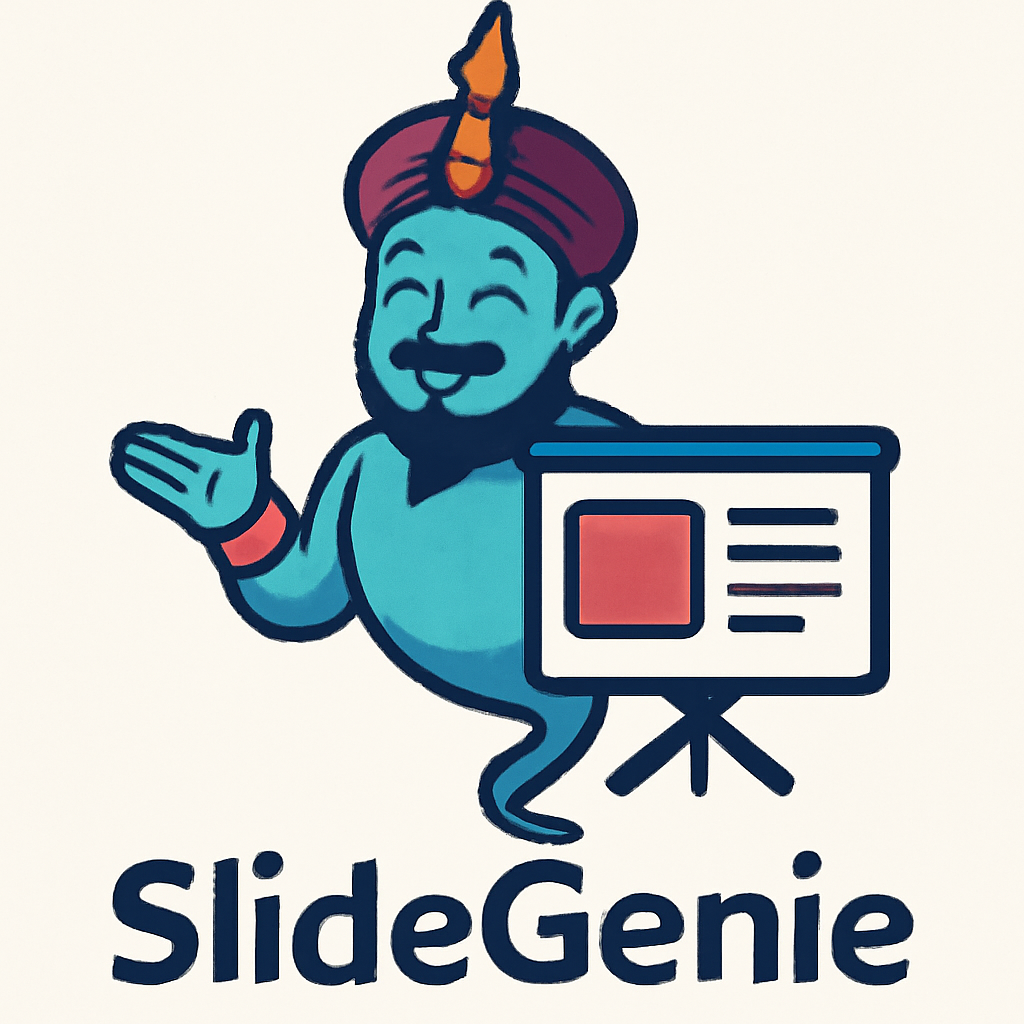Handbook of Pattern Recognition and Computer Vision
4.5
Reviews from our users

You Can Ask your questions from this book's AI after Login
Each download or ask from book AI costs 2 points. To earn more free points, please visit the Points Guide Page and complete some valuable actions.Introduction to the "Handbook of Pattern Recognition and Computer Vision"
The "Handbook of Pattern Recognition and Computer Vision" is a seminal textbook that serves as an authoritative guide for academics, researchers, and practitioners in the field of computer vision and pattern recognition. Co-authored by leading experts, this work explores advancements in algorithms, methodologies, and real-world applications that define the modern landscape of artificial intelligence and machine learning. Its widespread acclaim stems from its ability to distill complex concepts into a cohesive and practical framework useful for both beginners and experienced professionals in the field.
With technology advancing at an unprecedented pace, understanding how machines interpret and learn from visual and other sensory data has become a necessity. This comprehensive handbook covers not only the fundamental theories of pattern recognition and computer vision but also delves into emerging technologies and challenges. Updated across various editions, the book reflects the evolving demands for intelligent systems and their real-world implementations in areas like facial recognition, autonomous systems, robotics, and medical imaging.
Detailed Summary of the Book
Spanning an extensive range of topics, the Handbook is divided into multiple chapters, each focusing on critical areas of pattern recognition and computer vision. The book begins by laying a strong foundation with rich theoretical content, including statistical pattern recognition paradigms, machine learning, and neural network fundamentals. Core topics such as feature extraction, unsupervised learning, and supervised classification are discussed in great detail, providing readers with a solid backdrop for tackling advanced content.
Moving forward, the book explores advanced pattern recognition techniques like support vector machines, decision trees, ensemble learning, and deep learning techniques. These chapters offer hands-on methodologies that are widely used in solving contemporary issues in the realm of computer vision. Several algorithms are broken down in a step-by-step manner, catering to both novice learners and seasoned practitioners seeking a refresher.
In the domain of computer vision, the handbook covers a multitude of areas, including image processing, object recognition, pose estimation, and motion tracking. The discussion further extends to higher-order concepts like 3D vision, gesture recognition, and the processing of natural scenes. The integration of practical use cases and case studies throughout the book ensures that theoretical concepts are tied to real-world problems.
Furthermore, the book offers valuable insights into application domains such as biometrics, security systems, medical diagnostics, and manufacturing industries. Each chapter is enriched with exercises, problems, and bibliographical references to deepen the knowledge of readers and guide them toward further studies.
Key Takeaways
- A comprehensive understanding of the theoretical and practical foundations of pattern recognition and computer vision.
- Exposure to cutting-edge technologies such as deep learning, neural networks, and ensemble methods.
- In-depth coverage of real-world applications, from facial recognition to medical imaging.
- Step-by-step explanation of complex algorithms to make them accessible and usable.
- Interdisciplinary insights connecting artificial intelligence, machine learning, and image processing.
Famous Quotes from the Book
“Pattern recognition lies at the heart of intelligent decision-making systems, where data is filtered, analyzed, and synthesized into actionable insights.”
“The ability of machines to learn and recognize patterns in data mirrors the way humans identify structures in visual and sensory information, bringing us closer to human-like intelligence.”
“To solve complex problems in computer vision, one must blend computational efficiency with innovation, adapting to the strengths and weaknesses inherent in various algorithms.”
Why This Book Matters
The "Handbook of Pattern Recognition and Computer Vision" remains one of the most significant contributions to the field of computer science and artificial intelligence. It bridges the gap between theoretical advances in pattern recognition and their practical implementation in real-world systems. By encompassing a wide array of topics—from basic image processing methods to advanced machine learning paradigms—this book becomes a one-stop guide for anyone looking to make meaningful contributions to the domain.
In an era dominated by big data and artificial intelligence, the principles expounded in this book enable individuals, organizations, and industries to harness data for predictive analytics, automation, and intelligent decision-making. Whether you are an AI researcher seeking state-of-the-art methodologies or a developer wanting to craft robust vision systems, this handbook is a valuable asset. It prepares readers to address industrial challenges, explore academic advancements, and adapt to innovations continuously transforming the world of computing.
Beyond its educational value, the book serves as an enduring resource for revisiting fundamental principles while staying updated on new trends. It exemplifies clarity, precision, and depth, making it both a reference book and an essential manual for applied research.
Free Direct Download
You Can Download this book after Login
Accessing books through legal platforms and public libraries not only supports the rights of authors and publishers but also contributes to the sustainability of reading culture. Before downloading, please take a moment to consider these options.
Find this book on other platforms:
WorldCat helps you find books in libraries worldwide.
See ratings, reviews, and discussions on Goodreads.
Find and buy rare or used books on AbeBooks.
1172
بازدید4.5
امتیاز50
نظر98%
رضایتReviews:
4.5
Based on 0 users review
"کیفیت چاپ عالی بود، خیلی راضیام"


